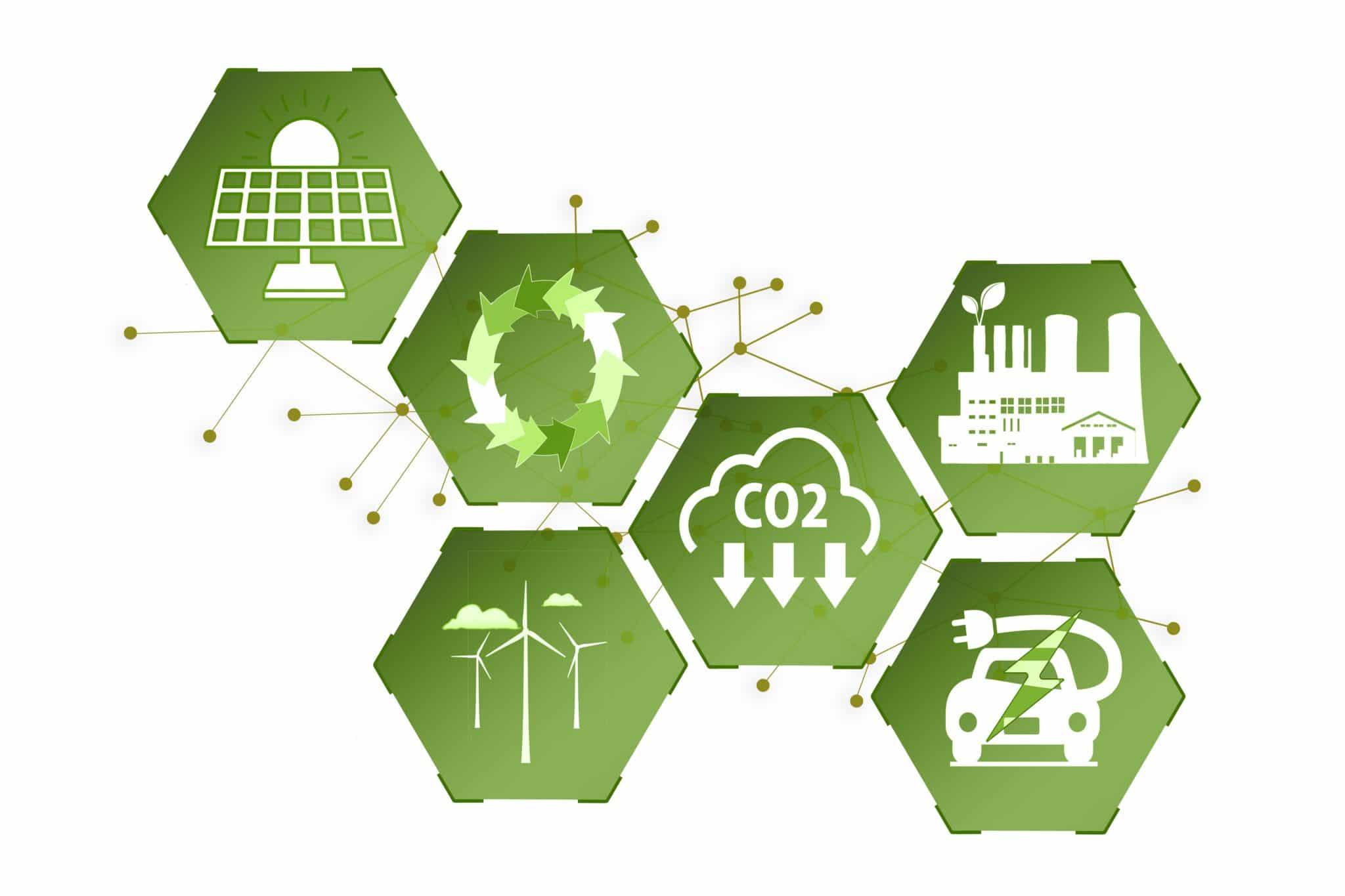The EU Commission today adopted 4 guidance documents to support EU countries’ work in transposing and implementing the revised directives on renewable energy and energy efficiency into national law.
As outlined in the ‘Accele-RES’ initiative, this package will support national administrations by providing clarity on the more complex elements of the new legislation and give a common basis for introducing the new requirements in national law, across EU countries.
The adopted guidance covers 3 areas related to the Renewable Energy Directive where progress needs to be accelerated: heating and cooling (Articles 15a, 22a, 23 & 24), energy system integration (Article 20a) and renewable fuels of non-biological origin (RFNBOs) (Articles 22a, 22b & 25). Today, the Commission also adopted a guidance document relating to the heating and cooling aspects (in Article 26) of the revised Energy Efficiency Directive.
The new rules in the Renewable Energy Directive on energy system integration and electrification are key to making the energy system more flexible by integrating large shares of variable renewable electricity and by promoting electricity use in transport and heating.
The guidance on energy system integration clarifies the new requirements for electricity system operators to provide information close to real time on the renewable energy share and the greenhouse gas emissions content of the electricity supplied to end users. To enable real-time access to basic battery management information, the guidance provides clarity on the obligations for battery and electric vehicle (EV) manufacturers. It also clarifies requirements to enable smart and bi-directional recharging, and on the possibility for small and decentralised energy sources (such as EVs, stationary batteries and heat pumps) to actively participate in electricity markets.
The guidance on the articles in the Renewable Energy Directive related to RFNBOs clarifies the targets on the consumption of RFNBOs in the industry and transport sectors. It explains the calculation of the targets, their scope and the interlinkage between the 2 targets for industry and transport.
Heating and cooling accounts for roughly half of all the EU’s energy use. The revised Renewable Energy Directive includes targets to increase the share of renewable energy in heating and cooling, district heating and cooling and industry, and new 2030 national benchmarks for renewable energy in buildings.
The guidance on heating and cooling clarifies the new provisions and the accounting of higher share of renewable energy in this sector. It also provides additional explanations on how to apply the definition of waste heat in the context of the directive.
The recommendation and guidance note on heating and cooling aspects of the revised Energy Efficiency Directive clarify how EU countries can identify efficient district heating and cooling systems. It explains ways to establish the planning obligations applicable to systems that do not fulfil the criteria for efficient district heating and cooling systems. It also clarifies how to ensure the efficient use of excess heat available from large energy consuming facilities, such as industries and data centres, and which are under planning.
Increasing the efficiency and wider use of renewables in the district heating and cooling systems is essential for reducing greenhouse gas emissions in the heating and cooling sector, where nearly 3 quarters of the energy consumed is fossil fuel-based. To ensure the clean transition in district heating and cooling systems, state aid can be granted to a district heating and cooling system when it meets the criteria for an efficient district heating and cooling system as defined in the directive.
Background: Renewable Energy Directive
The revised Renewable Energy Directive (RED) is the main legislative framework to drive the deployment of renewable energy in the EU. Its 2023 revision increased the EU’s 2030 renewables target to at least 42.5% (aiming to reach 45%). It also introduced new measures to accelerate the uptake of renewable energy projects, e.g. simplified permit-granting rules, and drive the use of renewables in sectors such as heating and cooling, industry and transport. Having entered into force on 20 November 2023, EU countries are required to transpose the main elements of the directive into national law by 21 May 2025. In May 2024, in order to speed up the deployment of renewable energy, the Commission already adopted guidance and recommendations relating to permitting and to renewable acceleration areas, as well as on the design of auctions for renewable energy.
Background: Energy Efficiency Directive
The new Energy Efficiency Directive entered into force on 10 October 2023. The revised directive raises the EU energy efficiency target, making it binding for EU countries to collectively ensure an additional 11.7% reduction in energy consumption by 2030, compared to the projections of the EU reference scenario 2020. EU countries need to transpose the Energy Efficiency Directive into their national legislation by 11 October 2025. Today’s documents comes in addition to the 7 different recommendations and guidance notes already published.
Documents
- Guidance on the articles related to heating and cooling (Articles 15a, 22a, 23 and 24) in the Renewable Energy Directive
- Guidance on the articles related to energy system integration (Article 20a) in the Renewable Energy Directive
- Guidance on the articles related to RFNBOs (Articles 22a,22b, and 25) in the Renewable Energy Directive
- Recommendation/guidance note on heating and cooling aspects (Article 26) in the Energy Efficiency Directive
Related Links
Source – EU Commission

